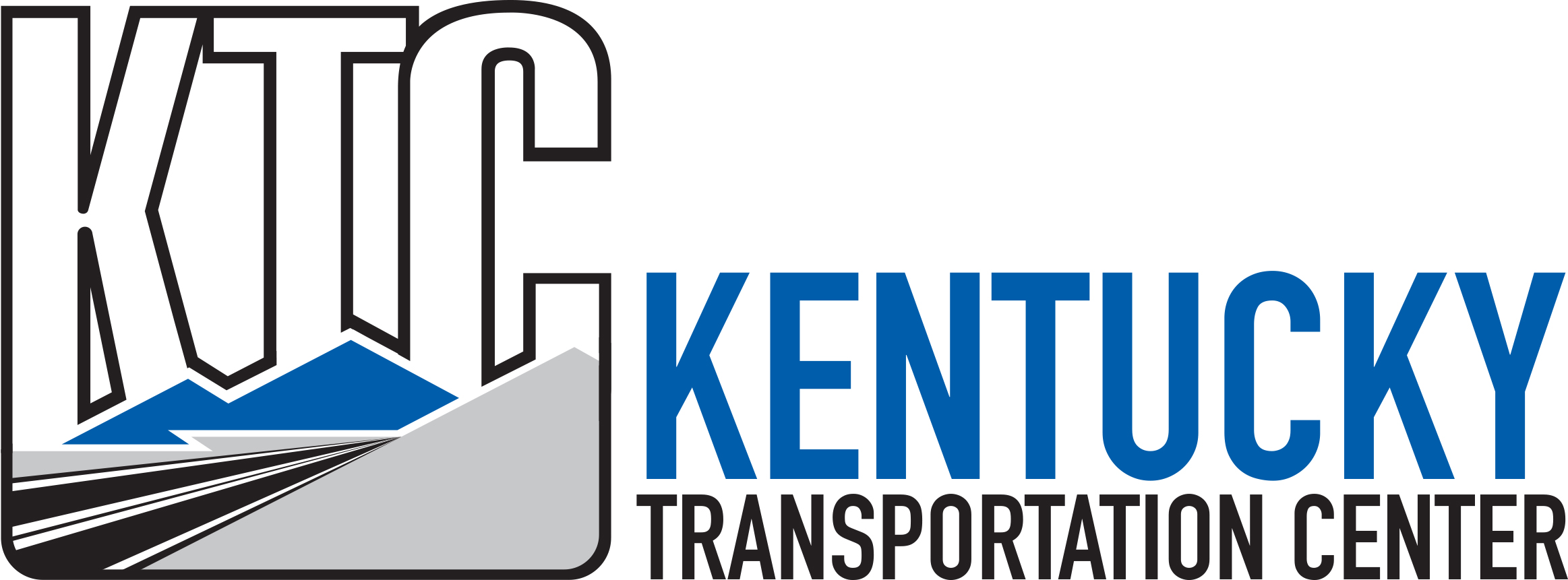Abstract
A computerized, mathematical algorithm is described and presented for analyzing the semilogarithmic stress-strain (time-independent) properties of standard, controlled-gradient, and controlled-rate-of-strain consolidation tests. This algorithm is an automation of manual graphical procedures currently used in engineering practice to obtain stress-strain information necessary for use in time-independent settlement analysis. The Casagrande and Schmertmann constructions are analytically represented to determine the preconsolidation stress and the in situ, compressibility coefficients of compression and expansion. Values for each of these parameters range between a probable and minimum value. The point of maximum curvature is determined for the Casagrande construction by use of the mathematical definition of the radius of curvature or by the analytical representation of a newly proposed graphical approach. The location of the point of maximum curvature has been found to depend on the arithmetic scale factors used for the horizontal and vertical directions in the semilogadthmic representation of the consolidation curves. The mathematical algorithm is written in Fortran N for use with the IBM 370/165 computer and the Calcomp 663 drum plotter. The computer program has proven effective in the reduction and analysis of stress-strain data from more than 40 controlled and 30 standard consolidation tests.
Report Date
3-1-1977
Report Number
No. 468
Digital Object Identifier
http://dx.doi.org/10.13023/KTC.RR.1977.468
Repository Citation
McNulty, E. Gregory, "Computerized Analysis of Stress-Strain Consolidation Data" (1977). Kentucky Transportation Center Research Report. 1057.
https://uknowledge.uky.edu/ktc_researchreports/1057



Notes
The contents of this report reflect the views of the author who is responsible for the facts and the accuracy of the data presented herein. The contents do not necessarily reflect the official views or policies of the Federal Highway Administration or the Kentucky Bureau of Highways, This report does not constitute a standard, specification, or regulation.